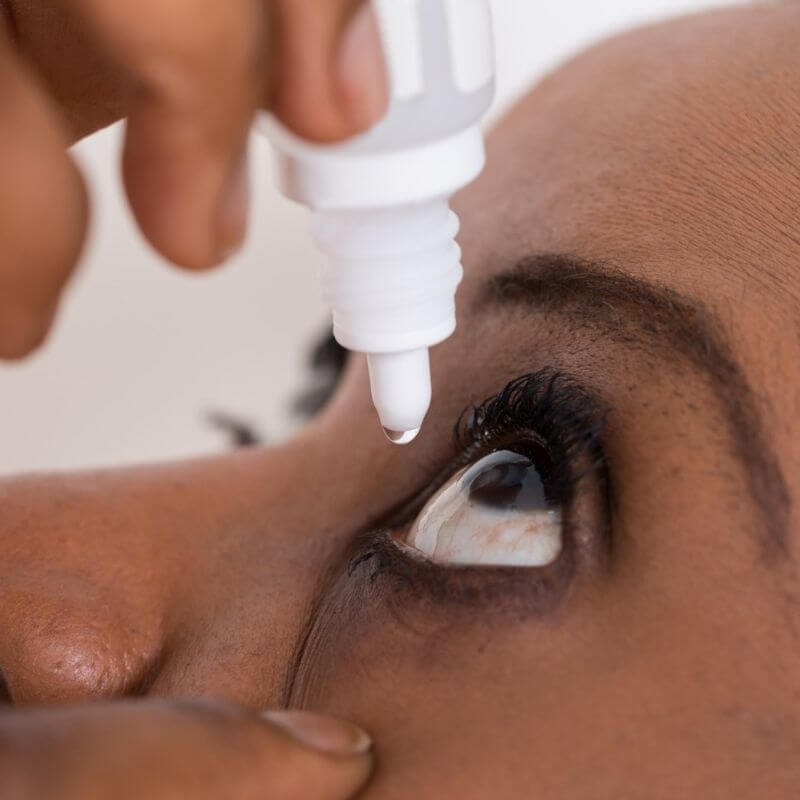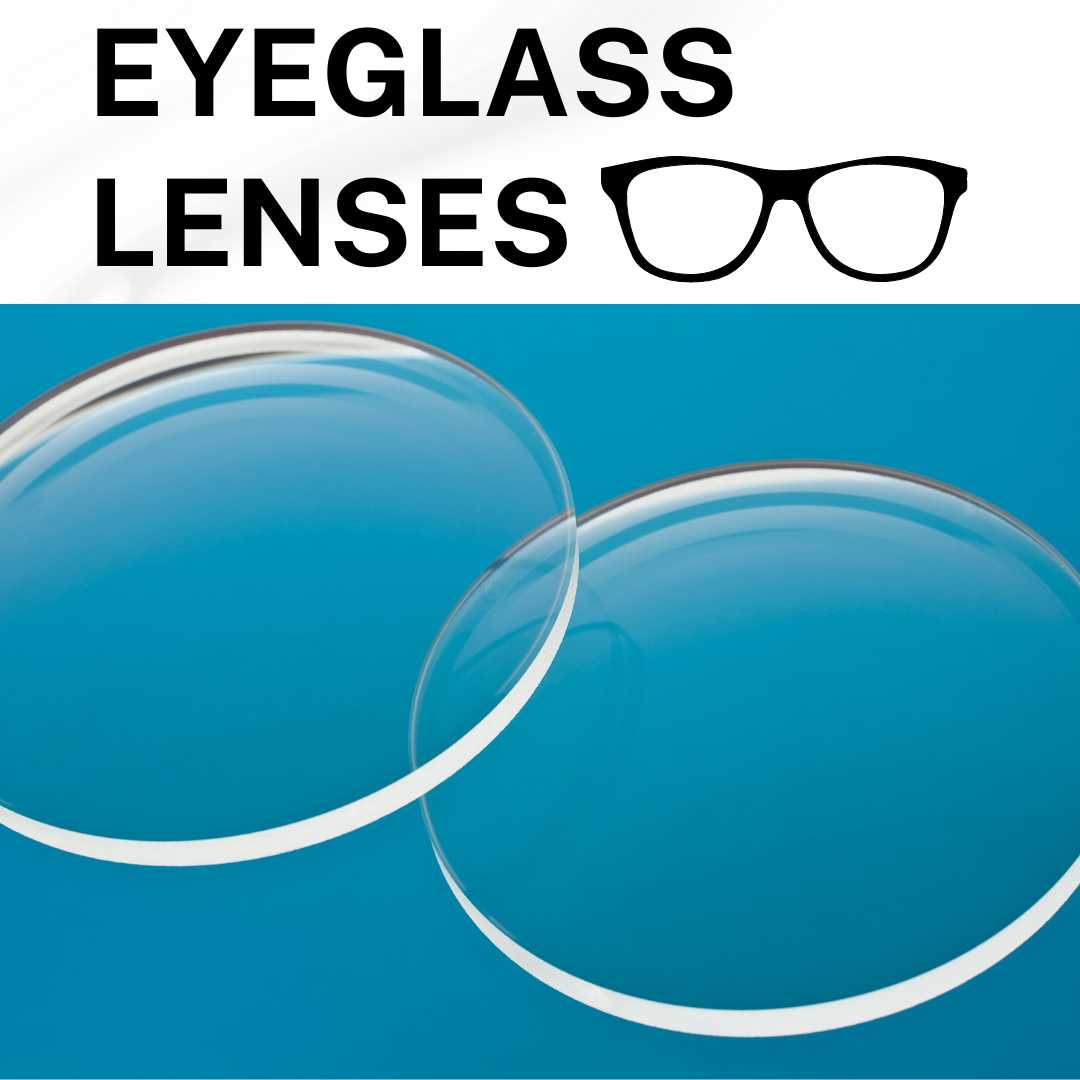For many people, an eye exam simply involves checking how well they can see and getting their lens prescription. But, is this enough? Definitely, not.
Beyond checking how well you can see and getting the lens prescription that would help you see your best, there are other important things to check to determine how healthy your eyes are and to identify their needs, if any.
Here are six important things to check during an eye exam.
1- Distance vision – The ability to see far objects
- Can you see far objects clearly with each eye?
- Do you know exactly how well you see at far, or are you just assuming that you see things afar well enough?
Distance vision is essential for classwork, office presentations, driving, sports and other outdoor activities.
The inability to see well at a distance increases the risk of road accidents, injuries during sports and missing information presented at a distance.
2- Near Vision – The ability to see objects near you
- Can you see and read things on paper or digital screens comfortably?
- Can you perform other near tasks like threading a needle comfortably?
Near vision is used for reading, writing, sewing, designing and other tasks performed close to your eyes.
Poor near vision can cause eye strain, frequent and sometimes costly mistakes on documents, poor concentration and a slower work pace.
3- The external appearance of the eyes
- Are there any changes in the way your eyes look?
- Do they look normal (free of redness, tearing, swellings, etc.)
Persistent redness, tearing and swellings are not normal. Sudden changes in the look of your eyes, even if they do not cause discomfort are also not normal. They could be warning signs of an eye problem or a systemic health condition that requires attention. The cause should be identified and treated.
4- Eye pressure
- What is your eye pressure?
- Is the eye pressure normal or abnormal?
Eye pressure supports the shape and health of the eyes.
However, if the eye pressure is too high, it can cause glaucoma (an eye disease that gradually damages the optic nerve and leads to a permanent loss of vision if not detected and treated early).
5- Side or peripheral vision
- Are you aware of things happening at your side while focused on something in front of you?
- Can you move around without bumping into things or hitting things at your sides frequently?
Your side vision keeps you aware of things happening around you. This keeps you and the people around you safe.
Decreased peripheral vision increases the risk of accidents and injuries.
6- The internal appearance of the eyes
Appearance of the structures inside the eyes, including the retina and optic nerve at the back
- How healthy are your retina and optic nerve?
- When was the last time an eye doctor took a detailed look at the back of your eyes?
The retina captures information from light that enters the eyes, and the optic nerve carries this info to the brain where it is converted to what you see.
Problems with these parts of the eyes can lead to a situation where they become unable to perform their functions, leading to vision loss.
So what point can you take away from this topic?
To avoid being taken unawares by non-asymptomatic and sight-threatening eye problems, do not just focus on how well you can see.
Get a comprehensive eye exam that checks other things, including the health of the back of your eyes, at least once every two years.
If you are above 40 or at risk of sight-threatening eye problems, do this eye exam every year.


